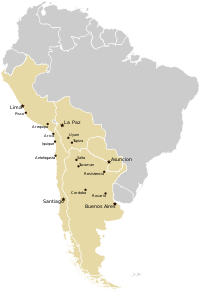 | |
| Category | Rally raid |
|---|---|
| Region | Europe and Africa (1979–2007) South America (2009–2019) Saudi Arabia & Middle East (2020–present) |
| Inaugural season | 1979 |
| Drivers' champion | |
| Official website | Dakar.com |
The Dakar Rally or simply "The Dakar" (French: Le Rallye Dakar ou Le Dakar), formerly known as the "Paris–Dakar Rally" (French: Le Rallye Paris-Dakar), is an annual rally raid organised by the Amaury Sport Organisation. Most events since the inception in 1978 were staged from Paris, France, to Dakar, Senegal. Security threats in Mauritania led to the cancellation of the 2008 rally, and events from 2009 to 2019 were held in South America.[1][2][3] Since 2020, the rally has been held in Saudi Arabia. The event is open to amateur and professional entries, professionals typically making up about eighty percent of the participants.
The rally is an off-road endurance event. The terrain that the competitors traverse is much tougher than that used in conventional rallying, and the vehicles used are typically true off-road vehicles and motorcycles, rather than modified on-road vehicles. Most of the competitive special sections are off-road, crossing dunes, mud, camel grass, rocks, and erg among others. The distances of each stage covered vary from short distances up to 800–900 kilometres (500–560 mi) per day. The rough terrain, driver fatigue, and lack of skill usually results in accidents and serious injuries.
- ^ "Motorcycle competitors race away as Dakar Rally leaves Buenos Aires". Clutch & Chrome. 2009-01-03. Archived from the original on January 20, 2009. Retrieved 2009-01-03.
- ^ "Dakar in Argentia, Chile and Peru". ASO. 2009-02-24. Retrieved 2009-03-05.
- ^ "Dakar stays in South America for 2011". Autosport. 2010-03-23.








